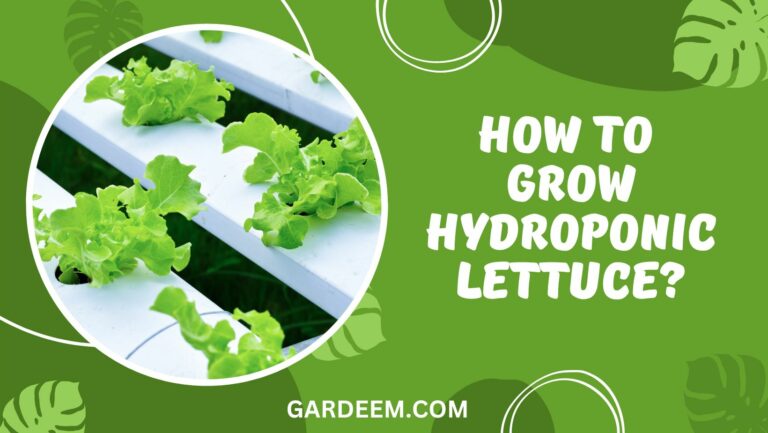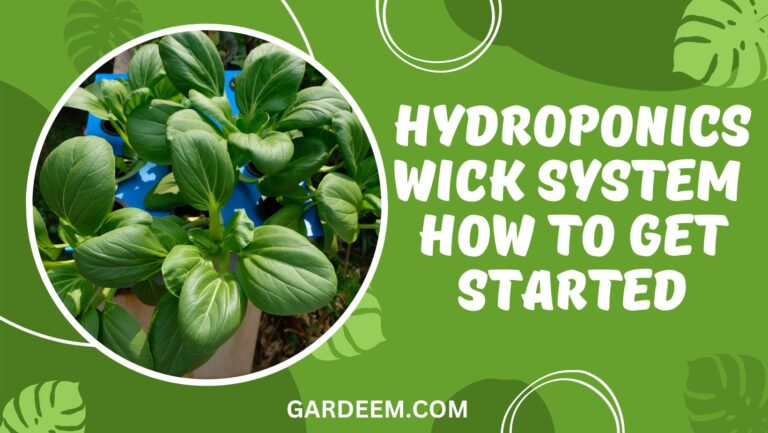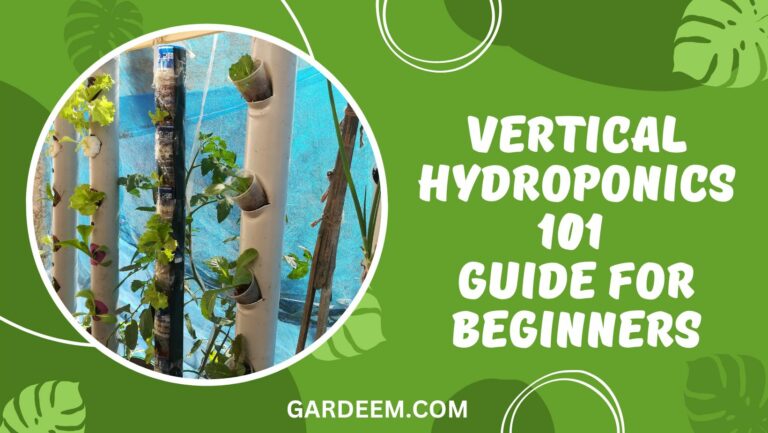
While hydroponics may seem like a recent gardening development, it’s actually been around for thousands of years.
In this post, we take a look at the history of hydroponics and discover how it might be used in the future to solve the world’s food shortages.
Ancient Hydroponics
Plants have been grown in a water-based or soil-less culture for thousands of years. One primary example of growing food in water is growing rice in water culture. The Hanging Gardens in ancient Babylon were built by King Nebuchadnezzar (694-562 BC). This early hydroponic garden was placed on the east bank of the Euphrates River and constructed to please the king’s wife.
Unlike modern hydroponic setups that require air pumps, pH meters and grow lights, these ancient setups required nothing more than mother nature and time.
Marco Polo also described China’s floating gardens discovered during his explorations.
Aztecs and chinampas
The ancient Aztecs in Central America made reed rafts that caught the rich soil sediment from the bottom of local lakes, which the Aztecs called chinampas. Sections of weaved rushes were sometimes combined to make floating islands on which flowers and food plants were grown.
When the produce on the floating islands was ready for sale, the Aztec farmer simply floated his garden downstream to the local market. When the Spaniards discovered the Aztecs, they also found their floating gardens.
Jean Ingen-Housz’s hydroponic gardens
By the 18th century, scientists began to add nutrients to their hydroponic gardens. Jean Ingen-Housz’s experimentation with hydroponics discovered that plants turned carbon dioxide into oxygen.
He also found that placing plants in sunlight increased the amount of oxygen the plants created.
nutriculture in 1800’s
By the middle of the 1800s, scientists discovered that plants didn’t need soil to grow. Soil’s primary purpose seemed to be to hold the plant up and support it while it grew.
In 1860, Julius von Sachs, from Wurzburg, developed a formula of nutrients that could be dissolved in water to feed hydroponic plants. This technique for feeding hydroponic plants was called “nutriculture.”
The nutrients included:
- Nitrogen.
- Sulfer.
- Phosphorus.
- Potassium.
- Calcium.
- Magnesium.
Additional nutrients discovered by scientists included:
- Chlorine.
- Iron.
- Zinc.
- Manganese.
- Copper.
- Molybdenum.
By the 1900s, greenhouses became interested in using hydroponics for their growing culture. Soils grew in greenhouses needed to be replaced frequently to avoid pests and fertility issues.
Soil-less plant growing eliminated many of the problems greenhouses had because they placed their plants in dirt. This increased interest from professional growers leads to more research on soilless cultivation.
By 1929, Dr William F. Gericke from the University of California turned his hydroponic lab into a viable commercial producer of crops.
Pictures of Dr Gerick harvesting beautiful tomatoes from 25-foot-tall, lab-grown tomato plants exist.
By World War II, the US and British Army grew hydroponic crops on various Pacific Islands to keep the troops fed.
Looking to start your first hydroponic garden?
We cut out all the confusion of hydroponics in this easy-to-read illustrated ebook. It’ll help you save $100 right away getting set up!
Modern Hydroponics
The use of plastics started in the 1970s, making hydroponics much easier than the earlier methods of growing plants without soil. Plastic plumbing and other parts enabled growing materials to be computerized, streamlined, and cost-effective.
NASA has researched hydroponic methods for its Controlled Ecological Life Support System (CELSS) studies. CELSS research and other space-related purposes of growing plants enable food to be produced in different types of light and use much less heat.
Modern developments in hydroponics allow food producers to grow a significant number of vegetables using much less water and nutrients than initially used. Commonly cultivated food items include:
- Tomatoes.
- Peppers.
- Cucumbers.
- Marijuana.
The Future of Hydroponics
The global use of hydroponics to produce food and other products is expected to triple between 2016 and 2023. Continuing research looks for ways to use water and other resources more efficiently and effectively.
Methods continue to be developed to recycle water and other ingredients that presently grow hydroponic plants. Hydroponics continues to be an area continually studied by farmers and scientists to provide ecological and sustainable food sources.
The Bottom Line
So there you have it, a brief but hopefully informative history of hydroponics.

Hi, I’m Miles, the lead team member behind Gardeem.com. Besides being a passionate grower and writer, I’m a husband, father and grandfather to three! I started Gardeem in 2017 to provide simple and reliable gardening advice to everyone, regardless of their ability levels.






